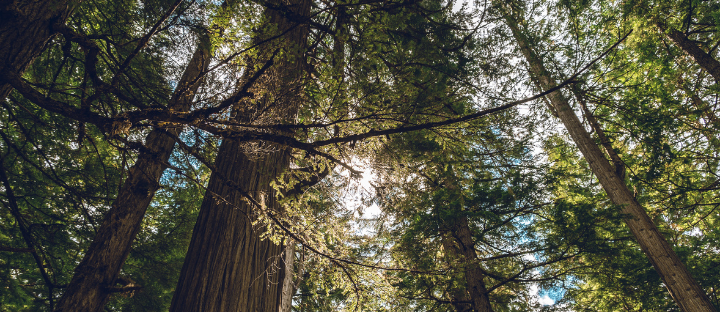Five-part video series highlights importance of Columbia River’s headwaters for nature and people in the Yellowstone to Yukon region
The Upper Columbia region of southeastern British Columbia is a true reflection of rare wilderness: towering old growth trees in the globally unique inland temperate rainforest, a wondrous array of plants and animals, freshwater abundance, and people who care deeply about this place.
A vital piece of the broader Yellowstone to Yukon region, the Upper Columbia holds the headwaters of the transboundary Columbia River.
To safeguard this region far into the future, Y2Y is working to protect the Upper Columbia for wildlife and climate change resiliency — and you can help!
To see how, watch our five-part video series all about the species, people, and places of the Upper Columbia.
About the Upper Columbia
You are part of the solution to safeguard the headwaters of the Columbia River for wildlife and people. Learn how to get involved.
The globally unique inland temperate rainforest
Wild places like the unique ecosystem of this inland temperate rainforest, and the wild species that depend on it, are what shape the identity of the Upper Columbia river basin and the people who live here. Speak up for these fantastic forests.
Habitat for healthy grizzly bear populations
The wild places in southeastern B.C. are ideal habitat and a critical movement corridor for grizzly bears. Help maintain the motherlode and take action for grizzly bears and their habitat.
Wide-ranging wolverine
Wolverines are one of the rare species that make B.C.’s Upper Columbia special. As snow lovers, they share spaces with winter recreationists. See how you can help this sensitive species.
A refuge from climate change
As the climate changes, wildlife, plants and birds will need to seek cooler and wetter safe havens to live and breed — places like B.C.’s Upper Columbia River basin. Learn more to see how you can help.
Thank you to all who helped make this series come to life.
Credits:
- Videos filmed and edited by Lynn Trinh
- Narrated by Espoir Segbeaya
- Music by Adrian Wagner
- Map animations by Sasha Stanojevic
Video partners:
- Rachel Holt, co-author, B.C.’s Old-growth Forest: A Last Stand for Biodiversity report
- Michael Proctor, Canadian lead researcher, Trans-border Grizzly Bear Project
- Doris Hausleitner and Andrea Kortello, project co-leads, South Columbia Mountains Wolverine Project; Wolverine Watch
- Greg Utzig, conservation ecologist and professional agrologist in the Kootenay-Columbia region


